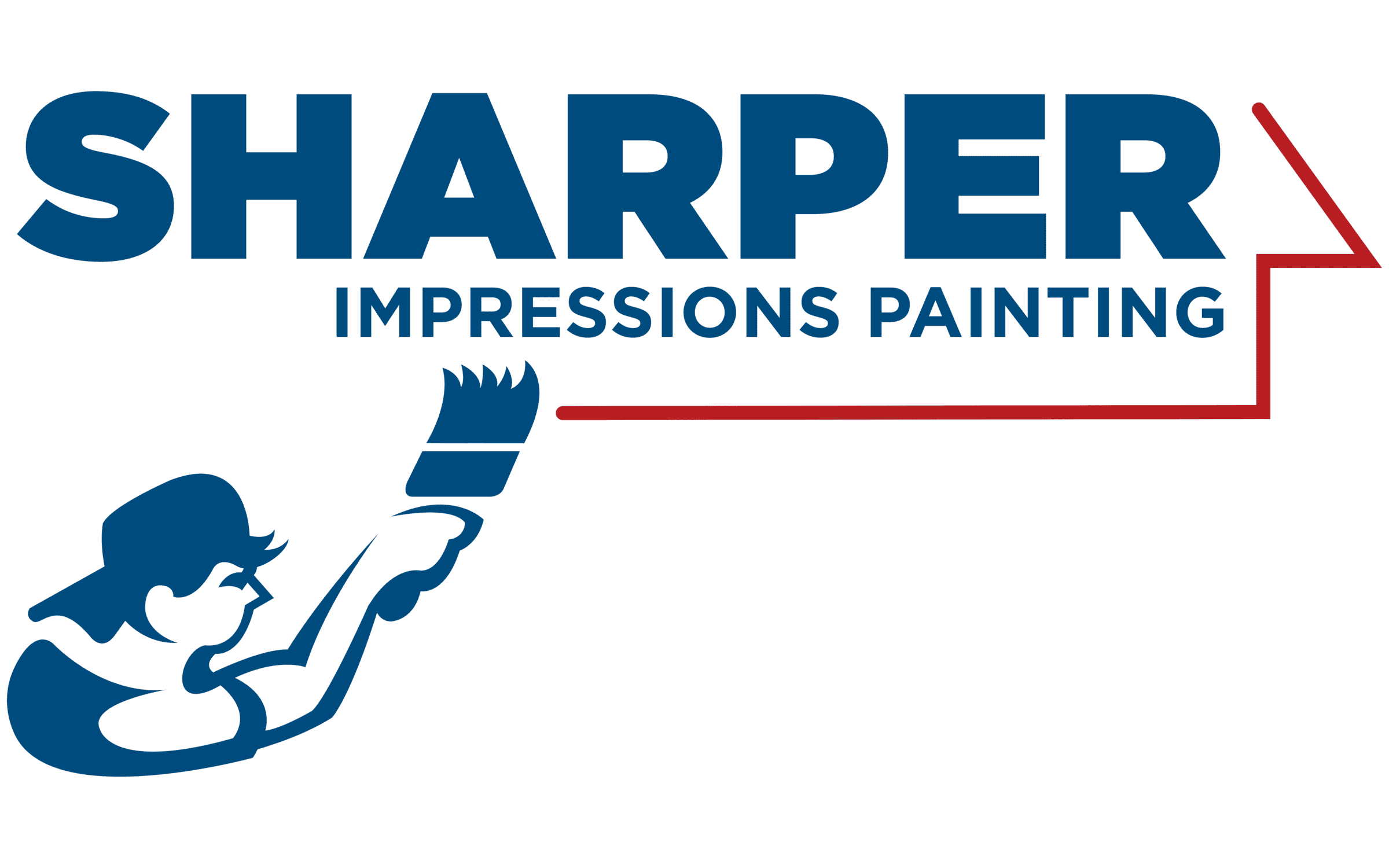You’ve finally carved out time for that long-awaited painting project. Maybe it’s the living room that needs a fresh coat, or you’re tackling some peeling siding outside. But as you start scraping old paint or sanding the walls, something unpleasant appears—dark blotches, that damp, earthy smell, or worse… fuzzy growth in the corners.
That’s mold. And ignoring it might cost more than you think.
When disturbed, it can release spores into the air. These spores are tiny, travel easily, and can find their way into your home—especially during painting prep. Whether you’re working inside or just outside near vents and open windows, these airborne particles can migrate fast.
What Exactly Are Mold Spores?
Spores are like seeds for mold. They’re microscopic, which means they can hang around in the air or settle into surfaces unnoticed. While they’re always present in small amounts, problems start when conditions like moisture, warmth, and organic material give them what they need to thrive.
They’re incredibly lightweight and can float through air currents, making them hard to contain once disturbed. During paint prep—especially scraping or sanding—dormant spores can become airborne in seconds.
Where Mold Hides Before You Paint

Before picking up that brush or roller, it’s worth knowing where it likes to hide.
Inside the house, it often lurks behind baseboards, in bathrooms, along windows, under sinks, and in ceiling corners. If you’ve ever had a leak, even a small one, mold may be lingering.
Outside, common hotspots include siding near leaky gutters, shaded soffits, and places exposed to constant sprinkler spray. Homes in humid or rainy areas are especially prone.
Once you start disturbing these zones, spores can get kicked up and transported—sometimes right into the ventilation system.
Can Exterior Mold Affect the Inside of Your Home?
It may seem unlikely that exterior work could affect indoor air—but it’s more common than most think.
Let’s break it down:
| Exterior Condition | Indoor Risk |
|---|---|
| Power washing moldy siding near vents | Spores sucked into attic or ductwork |
| Scraping near open windows or doors | Spores drift indoors |
| Working close to HVAC intakes | Mold circulated through the system |
Even activities like brushing off surface mildew or removing old caulk can trigger a release of spores. If those spores get inside and land on damp drywall or wood framing, they could start a whole new colony where you least expect it.
The Risks of Painting Over It
Think painting over mold solves the issue? Think again.
Sure, it looks better for a little while. But beneath that coat of paint, it continues to feed on the wall. The result? Bubbled paint, musty odors, and even worse infestations weeks or months later.
And then there’s your health.
Spores can irritate airways, trigger allergic reactions, and worsen asthma. The risk is greater for children, seniors, and anyone with respiratory conditions. So if your home starts to smell musty after paint prep—or your family experiences headaches or sniffles—you might be dealing with more than lingering fumes.
How to Safely Prep Areas for Painting: A Simple Step-by-Step

If you’ve spotted it while prepping your home for paint, here’s what to do before breaking out the brush:
1. Assess the situation
Look for signs of active mold (black, green, or fuzzy patches) and note the size of the area. A musty smell is also a red flag, even if you can’t see visible growth.
2. Contain the area
Close off the space. If indoors, seal off vents and doorways with plastic. Outdoors? Shut nearby windows and cover vents with breathable material like mesh or netting.
3. Protect yourself
Wear an N95 respirator, gloves, and safety goggles. Mold isn’t something you want to breathe in.
4. Clean thoroughly
Use a mold-killing solution—commercial options or a vinegar-based mix work well. Scrub the area gently and let it dry completely. Bleach isn’t always reliable, especially on porous surfaces.
5. Prime properly
Apply a mold-resistant primer. It seals the surface and helps prevent new growth from penetrating the topcoat.
6. Use mold-inhibiting paint
Look for paints labeled mildew-resistant or designed for high-moisture areas.
This process takes time, but it’s the difference between a paint job that lasts—and one that fails.
Containment and Cleanup: Your Best Defense
Let’s say the mold is already airborne. Now what?
Here’s what works best:
| Best Practice | Why It Works |
|---|---|
| Use HEPA air purifiers | Captures spores before they settle on new surfaces |
| Seal HVAC vents during prep | Prevents circulation of spores indoors |
| Run fans facing outward | Pushes spores outside instead of deeper into the home |
| Disinfect tools after use | Stops cross-contamination to other rooms |
| Change clothes and shower post-prep | Removes any lingering spores from your body |
Don’t Fall for These Common Myths
-
“Mold-resistant paint will kill the mold.”
Nope. It helps prevent new mold, but it won’t eliminate active colonies beneath the surface. -
“A small patch isn’t a big deal.”
That tiny spot could mean there’s a bigger issue behind the wall or ceiling. -
“I used bleach—it’s gone now.”
Bleach can’t penetrate porous materials like drywall or wood. Mold often grows back unless treated with the right agents.
When It’s Time to Call in the Pros
If you’re dealing with a large moldy area (more than 10 square feet), or if mold keeps coming back after multiple cleanings, don’t go it alone.
Professional mold remediation teams can:
-
Contain the space using industrial-grade barriers
-
Use air scrubbers and commercial disinfectants
-
Replace damaged materials safely
-
Repaint with antimicrobial coatings for long-term protection
They’re also trained to avoid spreading spores and will likely finish the job faster and more thoroughly than DIY methods.
Paint Prep Is More Than Cosmetic

So, can mold spores spread indoors during paint prep?
Absolutely. And if you’re not careful, they can hitch a ride into your home, hide in your ductwork, and create health hazards you didn’t bargain for.
But it’s not all doom and gloom. With the right prep, awareness, and products, you can stop mold in its tracks—and end up with a finish that’s both beautiful and safe. Still confused, talk to our experts.
FAQ: Straight Talk, Quick Answers
Q: Can I just paint over a small moldy area?
A: Not safely. Always clean and treat the area first.
Q: What’s the fastest way to tell if mold is present?
A: A musty odor is often the first sign. Moisture meters or professional inspections can confirm hidden problem
Q: What should I do if I already painted over it?
A: Monitor for peeling paint or smells. If issues return, you may need to strip the paint, treat the surface, and start over.
Q: Is hiring a mold expert worth it?
A: If you’re dealing with recurring mold, health symptoms, or large areas—yes. It’ll save you time, stress, and potential damage later.




